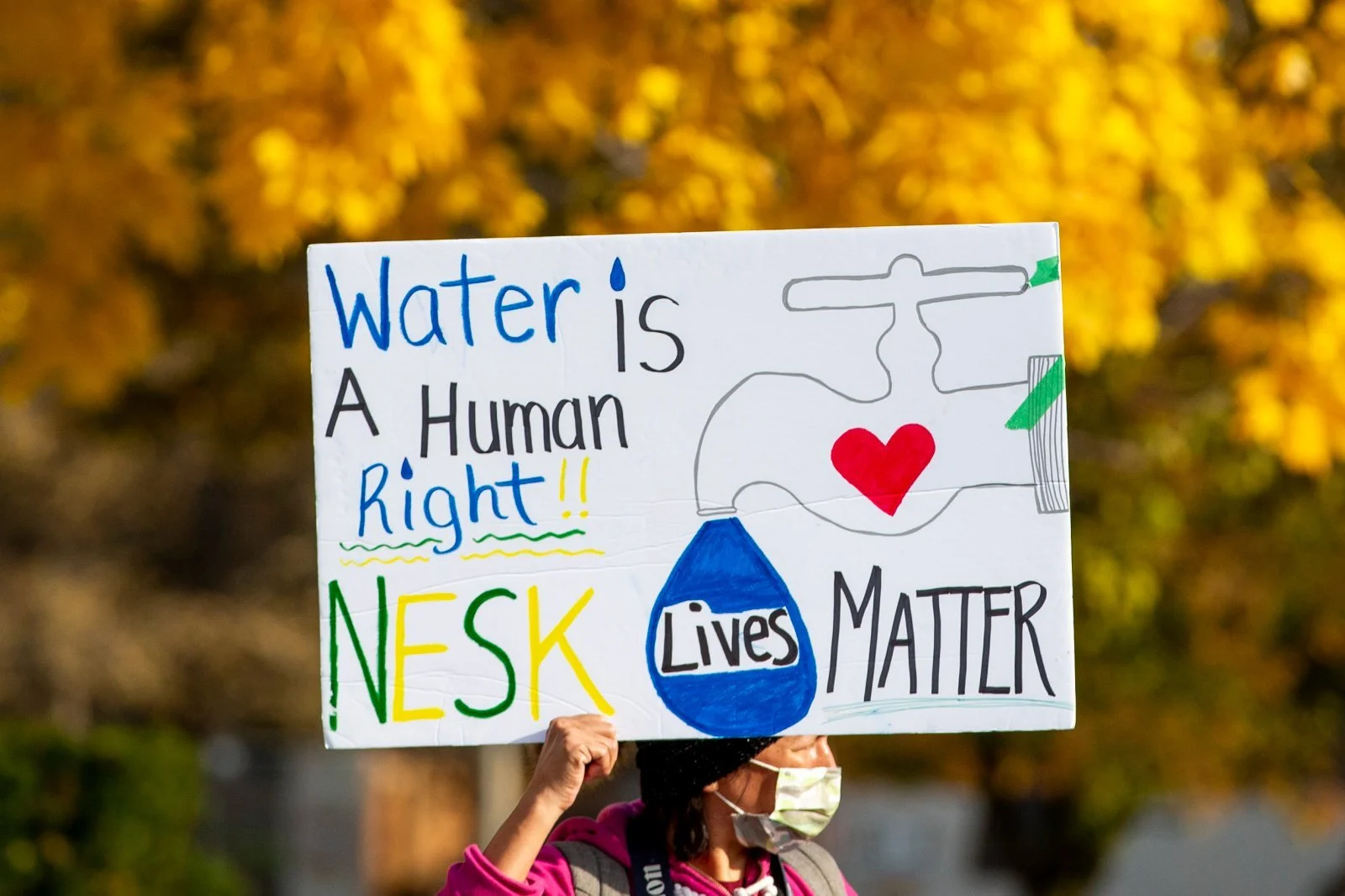In 2014, Mitaanjigamiing First Nation, on the edge of Rainy Lake in northwestern Ontario, declared a state of emergency when high water levels led to flooding that threatened some of its infrastructure, including the only access road in and out of the community. Sandbagging helped to limit the damage. “(The water treatment plant) was pretty close to being inundated, but they were able to stop that from happening. Some water did get in there, but it didn’t have a negative impact,” said Ed Morrison, Mitaanjigamiing’s band manager.
How colonial systems have left some First Nations without drinking water
Rebecca Zagozewski, executive director of the Saskatchewan First Nations Water Association, said she has seen contractors save on costs when building water treatment plants on reserves by using obsolete parts and failing to include maintenance manuals, ventilation or chemical rooms, and bathrooms. “Engineering companies will put in their bids obviously as low as they can go,” said Zagozewski.



